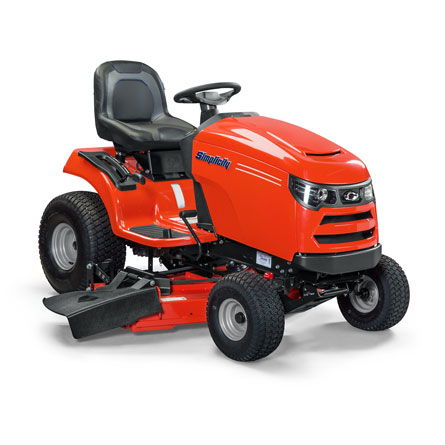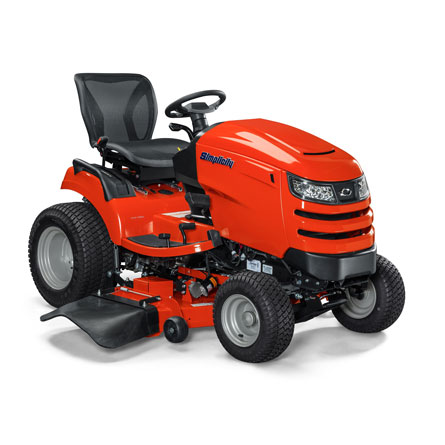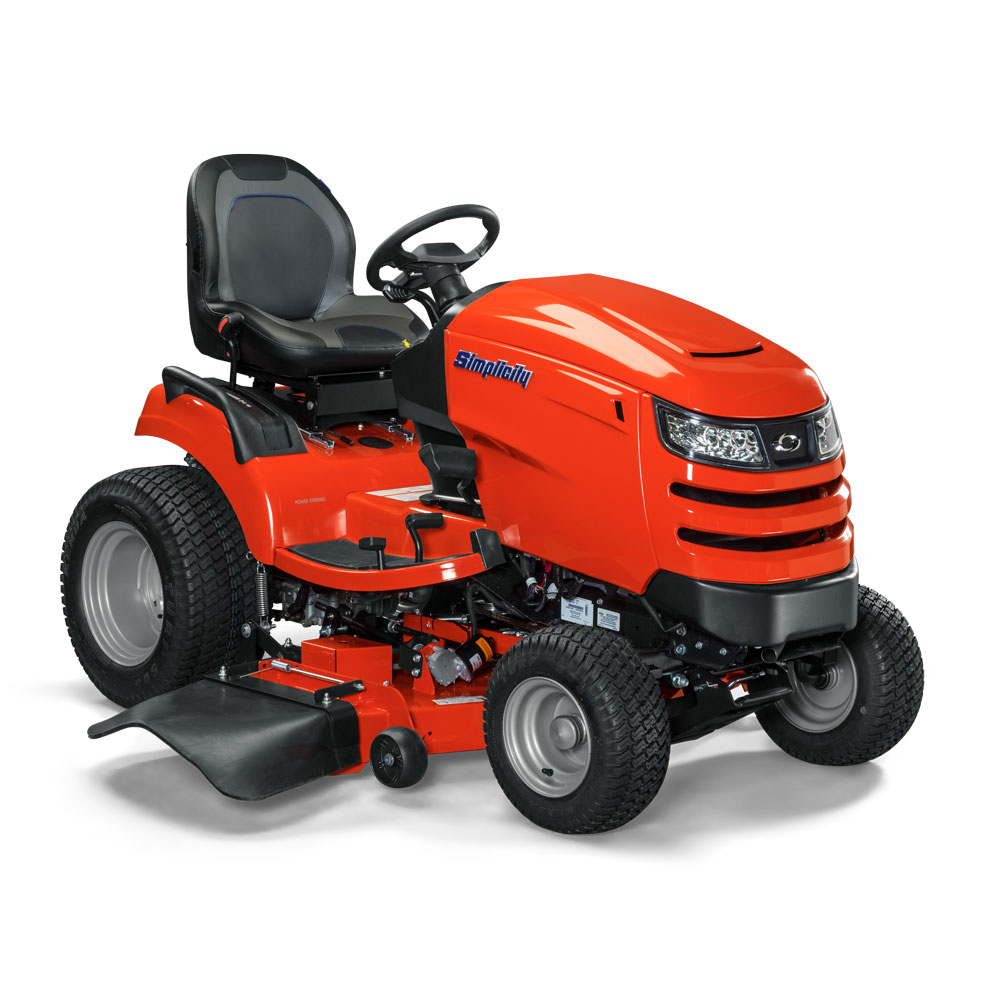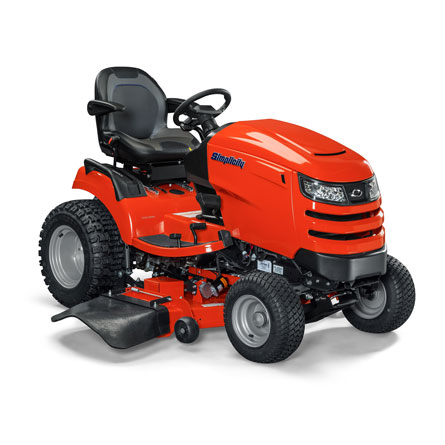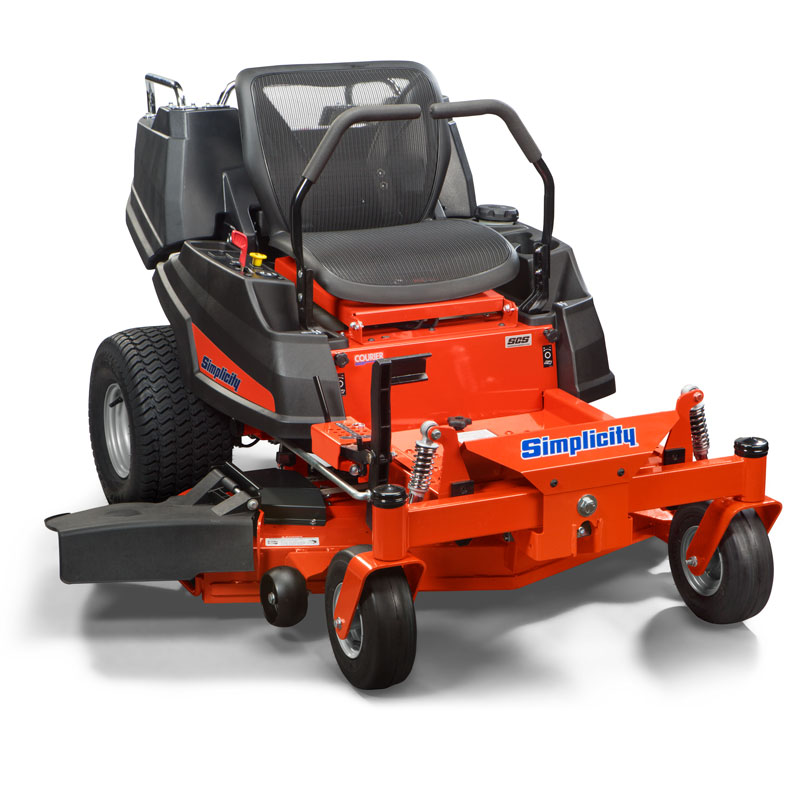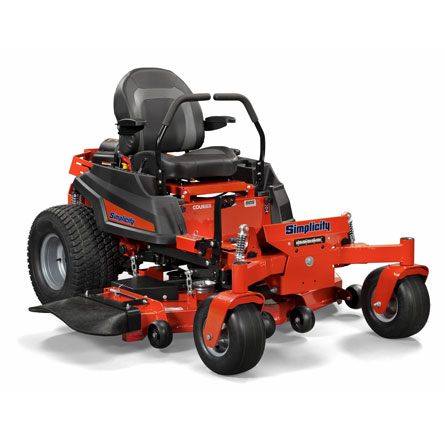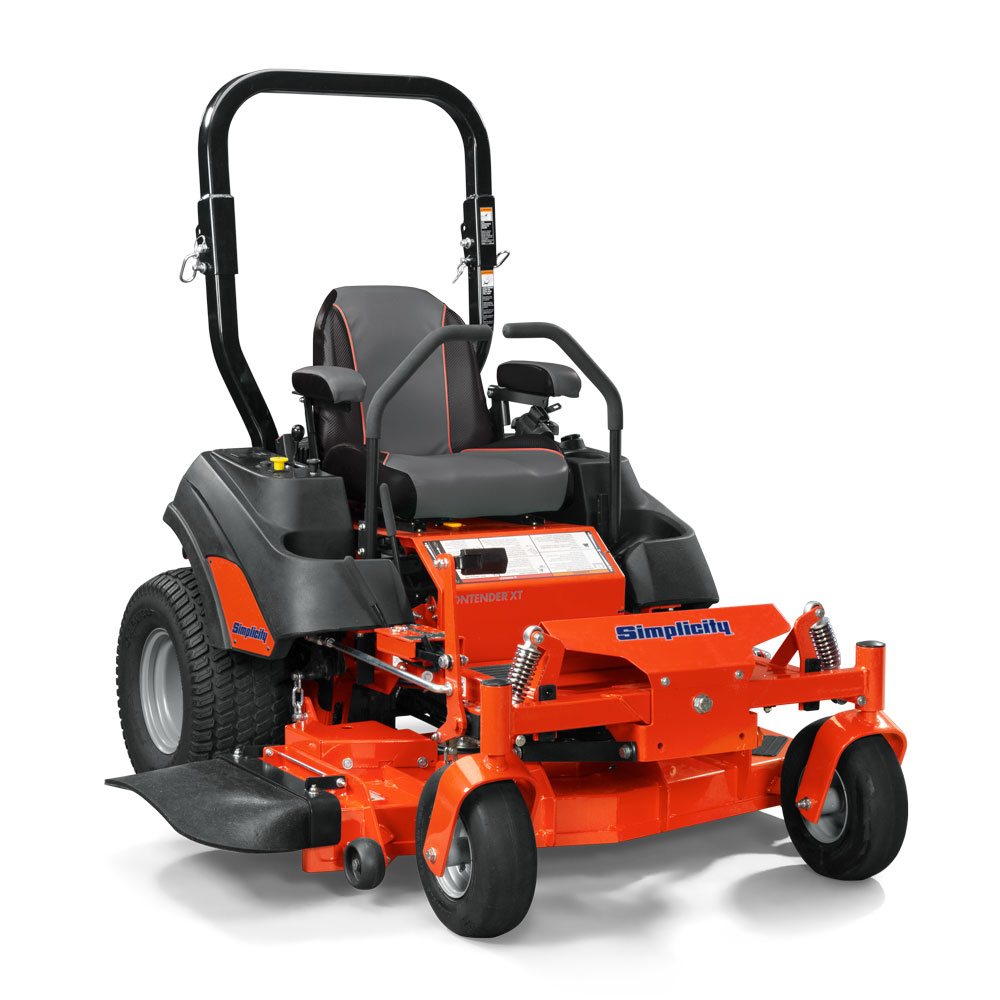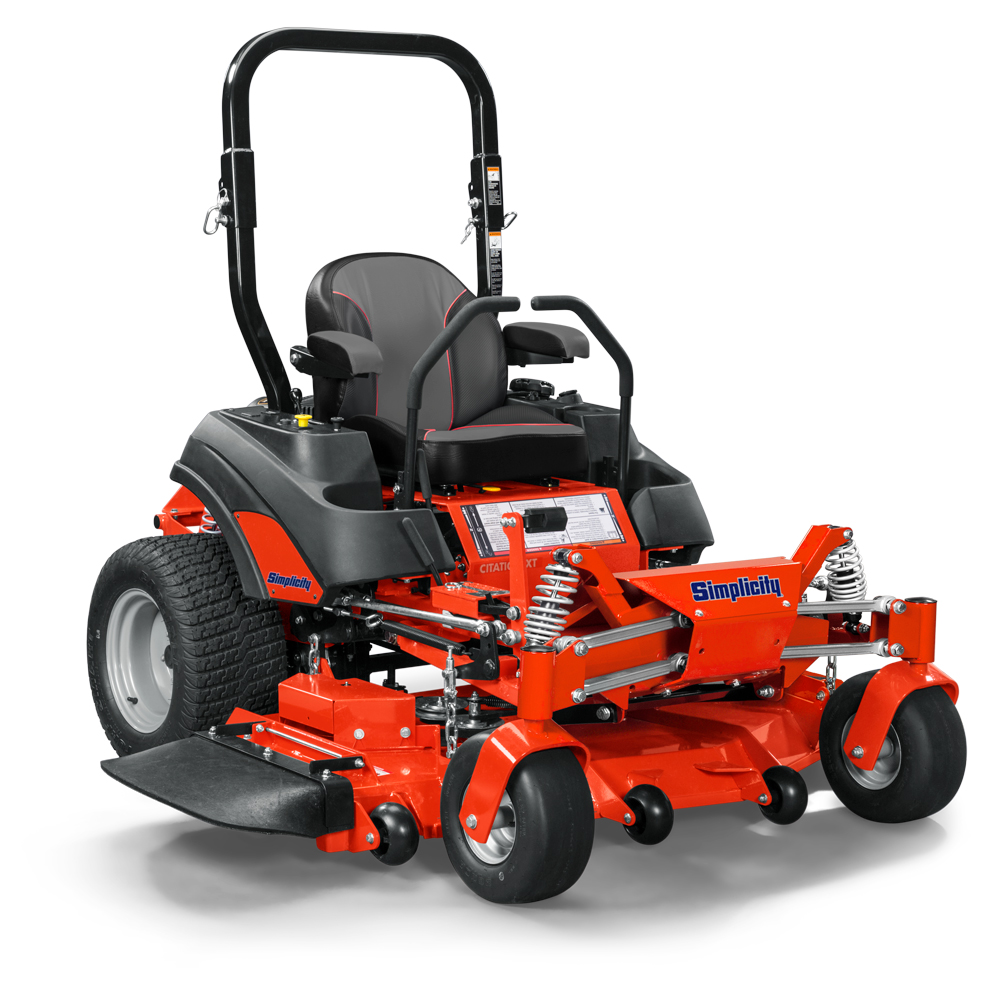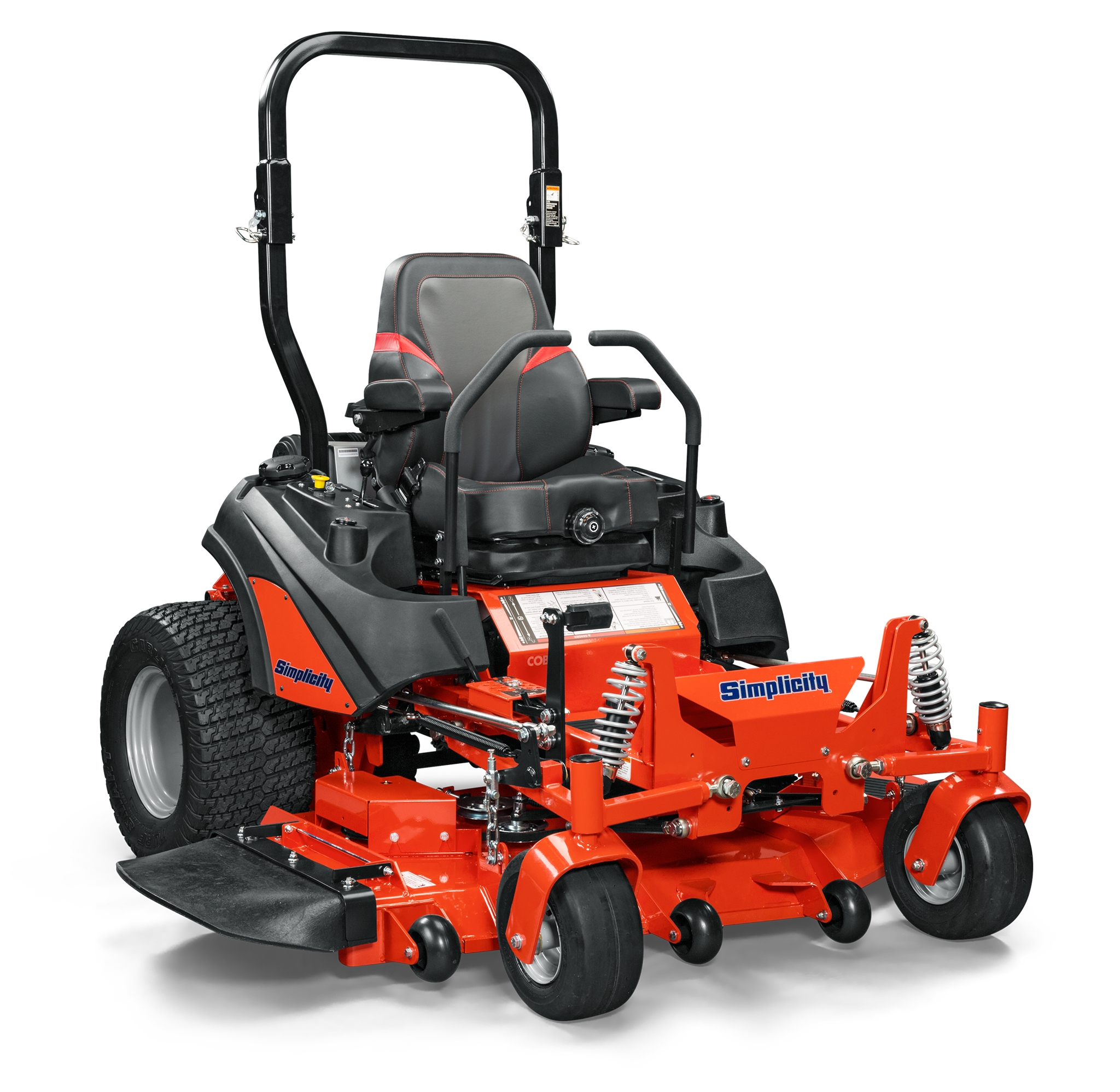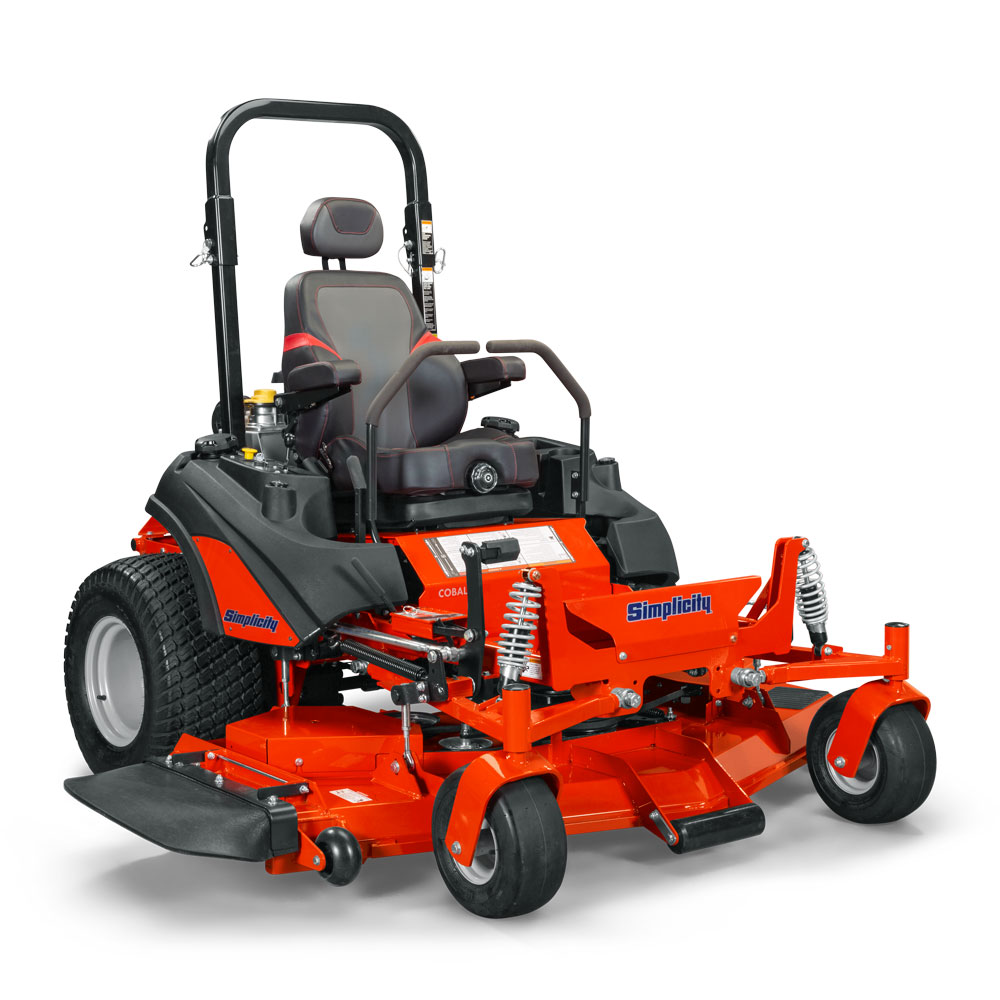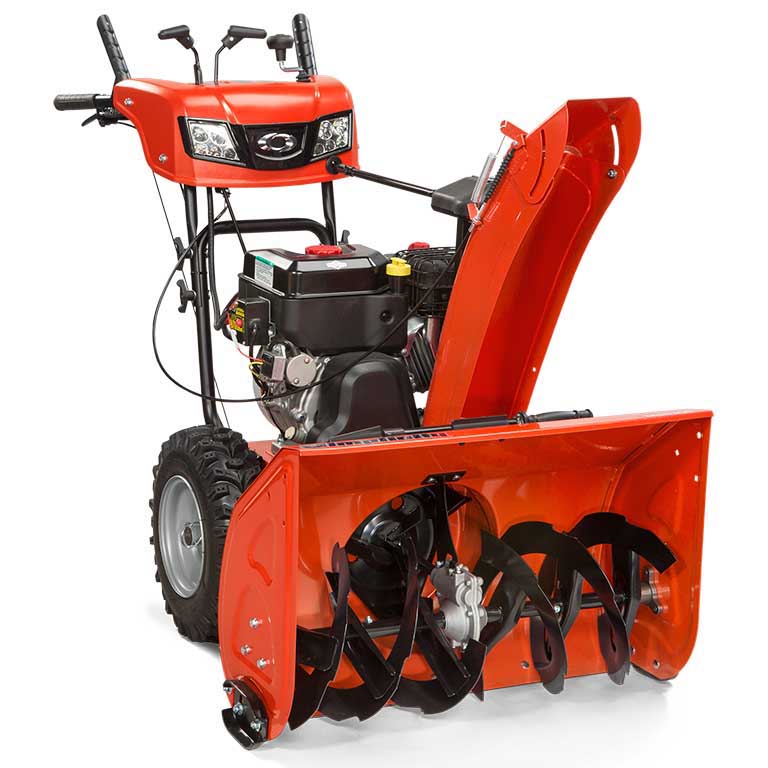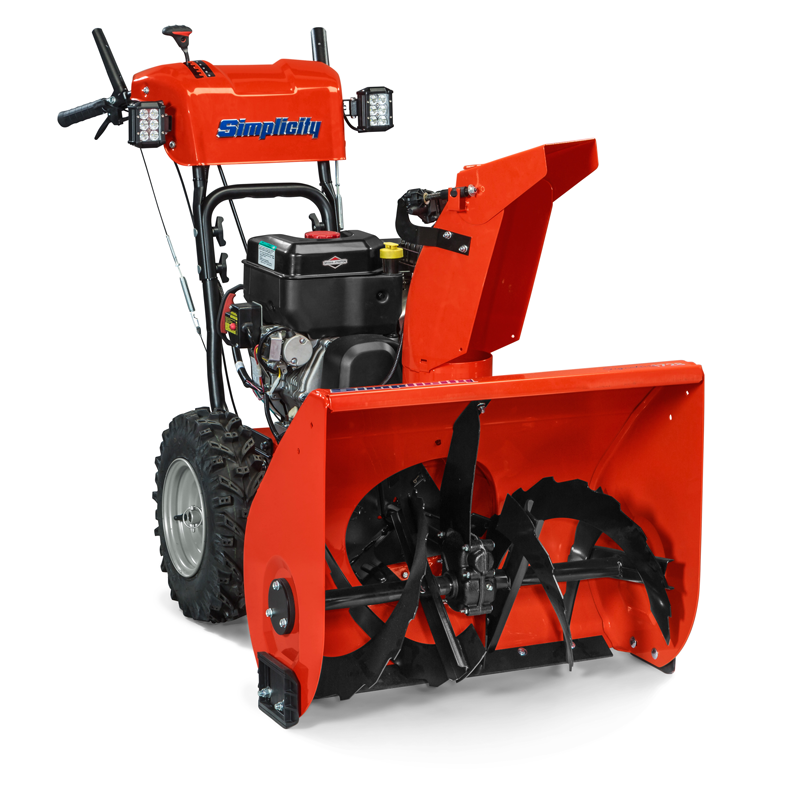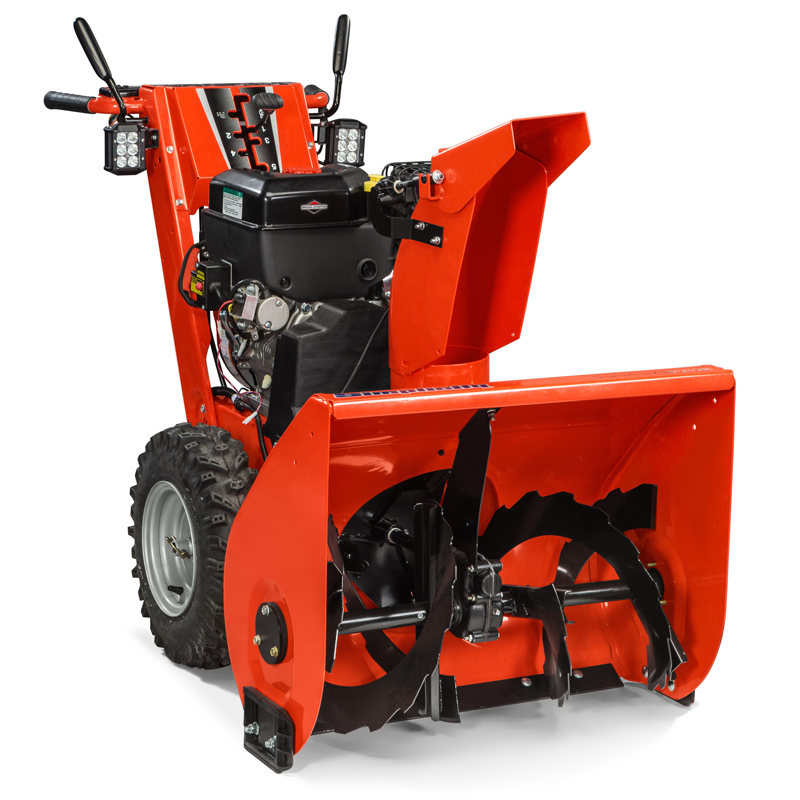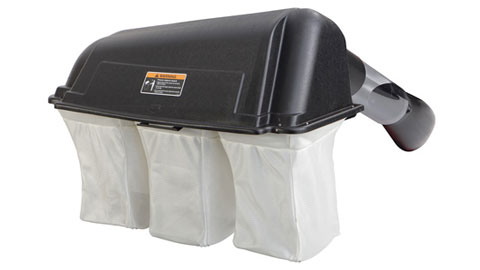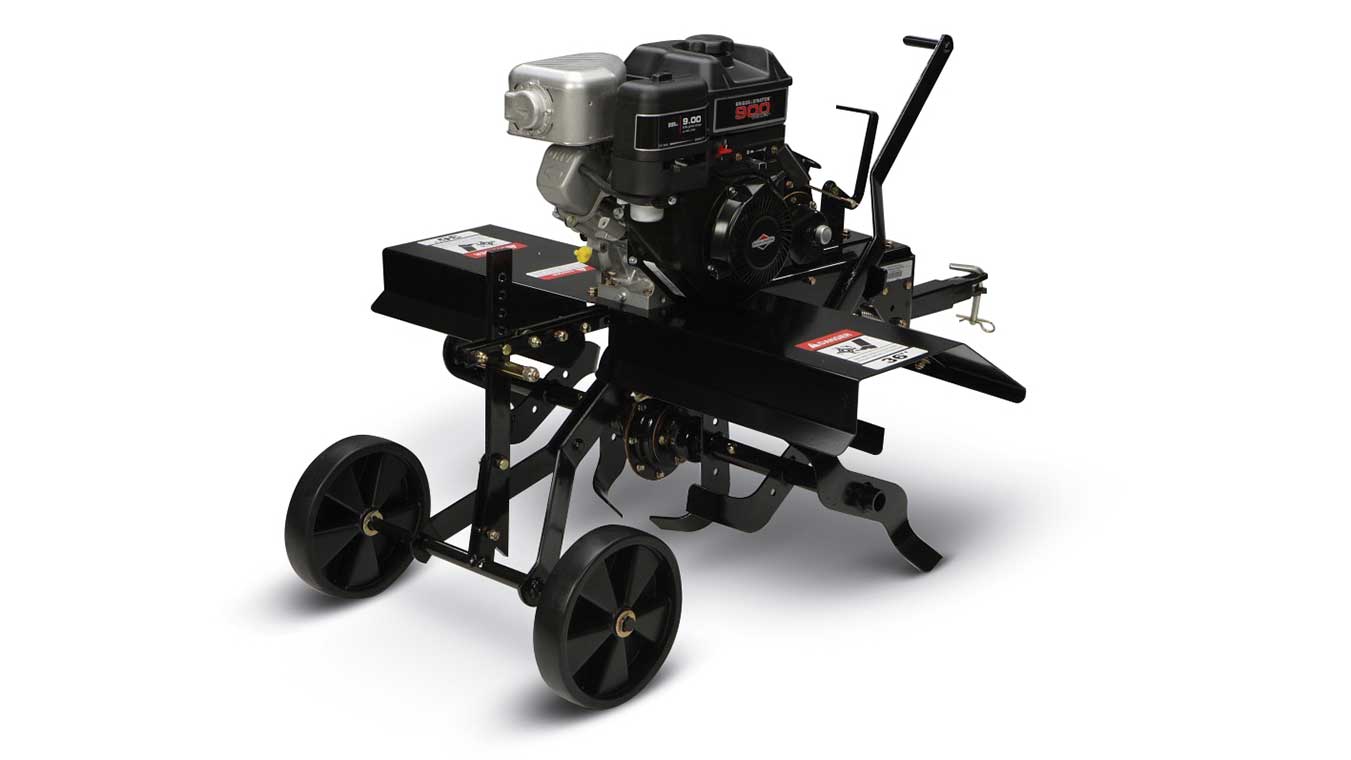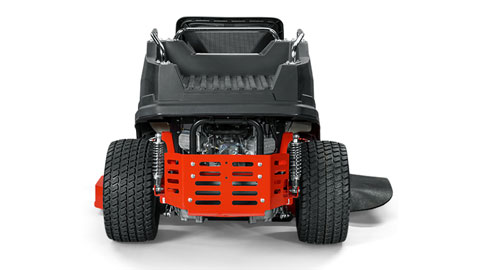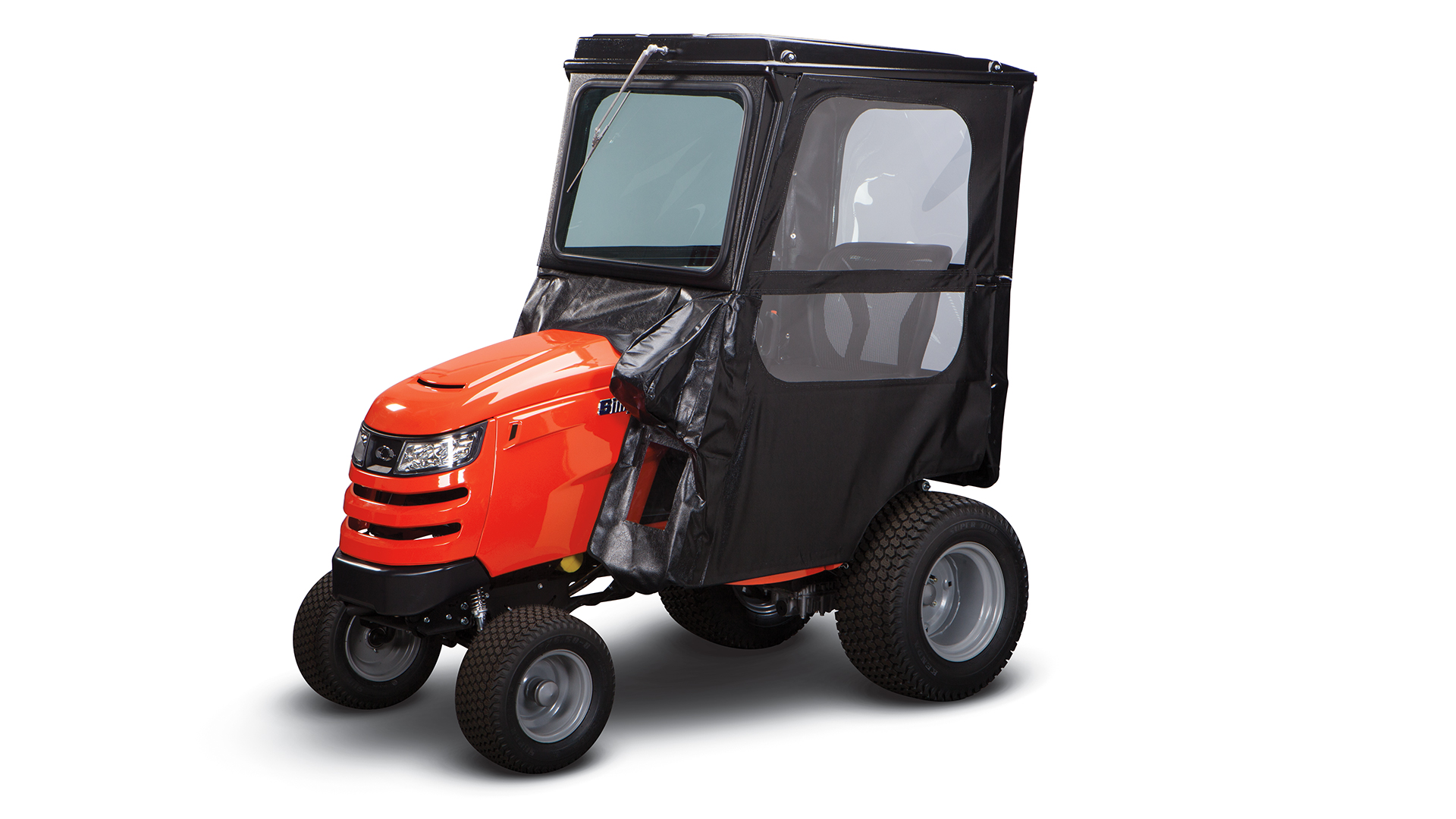How to Grow Healthy, Green Grass
The goal for any yard work is to have a healthy lawn that looks beautiful with lush green grass. Simplicity Mowers has pulled together five easy steps to make your grass greener and your lawn healthy this season.
Healthy Lawn Step 1: Identify Your Grass Type & Mowing Tips
The first step to the greenest lawn in the neighborhood is to identify the grass type growing in your yard. There are two main grass types, cool season grass and warm season grass. It may seem as though all grass can be maintained the same way, but there are subtle differences that once understood will only help to get greener grass!
Below are recommendations for how long to let the each grass type grow and the best grass height at which to mow. Adjust the mower deck on your Simplicity zero turn mower or lawn tractor to never cut more than the top one-third of the grass blade regardless of height recommendation.
Note: If you notice your lawn has a white tint after mowing, the mower blades need to be sharpened. Grass cut with sharp mower blades will have a green, even cut edge. Grass blades cut with a dull mower blade will appear white at the top with shredded jagged edges.
Healthy Lawn Step 2: Mow the Lawn Properly for Different Grass Types
Cool Season Grasses
Found mostly in northern states, cool season grasses are durable and require cooler evenings and a bit more shade in order to grow lush and green.
• Kentucky Blue Grass: Mow to 1½-2½ inches – soft feel with a v shape
• Tall Fescues: Mow to 2½-3 inches – grows in clumps
• Fine Fescues: Mow to 1-1½ inches – thin pointed blades that feel sharp
• Perennial Ryegrass: Mow to ¾-2 inches – medium feel that grows in bunches
Warm Season Grasses
Thriving in the hot southern states, these warm season grasses generally handle a fair amount of foot traffic.
• Bermuda Grass: Mow to 1-2 inches – three to five seeded grass blade
• Bahia: Mow 2-2 ½ inches – coarse and grows in thick patches
• Centipede Grass: Mow to 1-1½ inches – rough, short upright stems
• Saint Augustine Grass: Mow to 2-4 inches – coarse and low growing
• Zoysia Grass: Mow to ¾-2 inches – thick and prickly
Healthy Lawn Step 3: Aerate Your Lawn
Now that you understand your grass a bit better, it’s time to get greener grass. Aeration is a great first step to promote growth and get much needed oxygen down to the grass root. Test the ground for soil compaction by inserting a screwdriver 6 inches deep. If the screwdriver easily pushes through the soil, aeration is not necessary. If you have never aerated, or if you have lots of lawn traffic (parities, playing children, pets) it’s time to aerate.
• Soil compaction occurs when the lawn is pushed down, squeezing out oxygen and grass nutrients.
• Warm season grasses should be aerated in late spring or early summer. Cool season grasses should be aerated in late summer or early fall.
• Most Simplicity lawn & garden tractors have an aerator attachment option that makes otherwise difficult work a breeze.
Healthy Lawn Step 4: Fertilizing
Around the summer holiday schedule, Memorial Day, July 4th and Labor day, plan to fertilize your lawn.
Lawn fertilizer delivers soil nutrients that are essential for grass growth and of course, greenness!
• Visit your local garden center for the appropriate fertilizer according to grass type and a rotary spreader.
• The key to fertilizing is to spread just the right amount evenly. Start by gauging your lawn size to determine when you need to stop and start each pass with the rotary spreader.
• Begin on freshly cut grass during a warm morning with no wind and dew still visible.
• Be sure to start walking before you engage the rotary spreader to ensure even distribution, minimizing over fertilizing which can cause brown spots in grass!
• Water the lawn immediately and every day for one week after fertilizer application.
Healthy Lawn Step 5: Seeding Bare Spots in Lawn
On otherwise very green grass, lawn bare spots can be an embarrassing, pesky problem. Luckily, the best solution is to plant grass seed. The best time for planting grass seed is after you have mowed the lawn, raked up any grass clippings, aerated and applied fertilizer.
• While grass seeding, make the goal to get each seed in contact with the soil to promote germination.
• After surveying the lawn bare spots, visit your local garden center and purchase the proper amount of seed according to grass type.
• Spread the recommended amount evenly by hand.
• Lightly rake the newly seeded areas of your lawn to ensure the seeds do not stick to the grass blades.
• Immediately after and over the next few weeks, the seedlings will require lots of water and care. Water the bare spots a few times each day or at the very least, once a day. Try to always keep the newly seeded areas moist.
Healthy Lawn Step 6: Watering the Grass
Watering the lawn like an expert is what really ties all of these other tips together. Without the proper lawn watering schedule, it’s impossible to mow, aerate, seed, fertilize or mulch properly.
• Your lawn needs about one inch of water each week. So with recent precipitation in mind, use empty cans placed spatially throughout the lawn. Measure how full the can is to determine how much water is distributed in one, one hour sprinkling session. Calculate that total to equal one inch over the week.
• Water the lawn early in the morning, from 4 AM and 9AM for optimal absorption.
With your expertise in mind, explore these mowing and lawn care tips for comparison against your current yard work practices for a beautiful lawn you will appreciate!
>>With questions regarding lawn tractor attachments or further expert advice, talk to a Simplicity Dealer in your area today!


